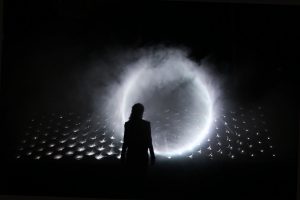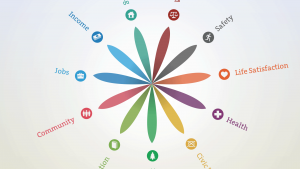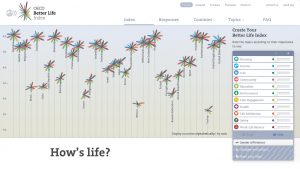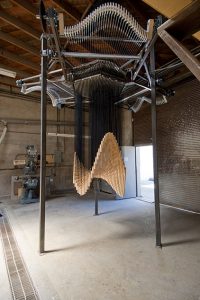I watched the speech by Kate Hollenbach, is a programmer and new media artist from LA who works with a lot of technologies that and compute human gestures and the relationships between the human body and the objects in space around them. I chose her because a lot of her work is inspired by the idea of looking at humans through the perspective of the machines that they use, mainly phone and computers, and this reminded me of assignment 08-A and the eye tracking software we looked at. Coincidentally, I am learning about eye-tracking right now in an entirely separate design-studies course, so it seems like this topic is spanning almost every different discipline/topic I am studying right now!
Kate was a very good presenter. She was very comfortable on stage and utilized video examples of people interacting with the products that Oblong, her design agency, built. I especially liked the example she showed with a near-360 surrounding display of screens that allowed a person to stand in the center and interact with programs from a full-circle perspective.
I also was interested in the software Kate designs to enable this rapid-time spatial analysis. One program her agency built, “greenhouse”, allows coders to prototype using space and incorporating users into their design immediately, which sounds like something I want to do!
Below is another project she made, about human life through the perspective of our laptops and phones.
![[OLD FALL 2018] 15-104 • Introduction to Computing for Creative Practice](https://courses.ideate.cmu.edu/15-104/f2018/wp-content/uploads/2020/08/stop-banner.png)




